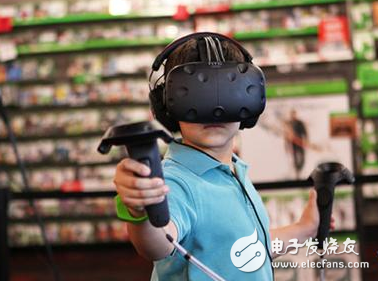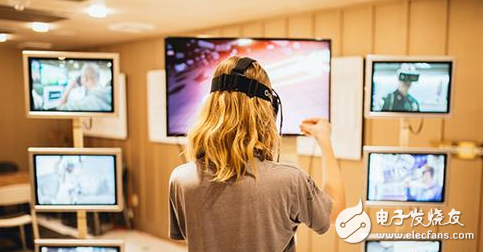On March 25, 2014, I was convinced that many people were stunned and kept scratching their heads: Why did Facebook spend $2 billion to acquire a virtual reality company Oculus that is crowdfunding at Kickstarter? Since then, we have seen this field continue to move. Virtual reality has already set off a wave of enthusiasm around the world. Numerous companies have announced their entry into the virtual reality space. Everyone is trying to seize this market, hoping that when virtual reality becomes a mass consumer, they can be the final winner.
Digi-Capital predicts that by 2020, the market value of the augmented reality/virtual reality industry will reach $120 billion. However, to achieve this scale, virtual reality/augmented reality requires a lot of puzzles.

Market research firm Superdata continues to downgrade its 2016 virtual reality product sales forecast from the original $5.1 billion to the current $2.9 billion. There are a number of factors, such as the problem of under-supply by the manufacturers of the display manufacturers, or the price is too expensive, and consumers are discouraged. Zuckerberg also realized that virtual reality needs a certain amount of time before it becomes a mass consumer product. He said in his interview that it will take at least 10 years.
If we don't understand something, it's often difficult to judge what's going on in the future. So let's take a look at some basic facts and data. Here is what we can know:
market
At the moment, it is difficult to find real data about virtual reality. The manufacturer of the display has not disclosed the true sales figures. From the consumer data, it is difficult for us to make accurate judgments, at least for now. Here are some market research data related to 2016:
According to Develop, 80% of consumers have never heard of virtual reality.
SuperData said: 78% of virtual reality heads are bought by gamers.
68% said they would like to experience virtual reality before deciding whether to buy it.
58% of consumers believe that most of the virtual reality experience is for gamers.
68% of consumers believe that virtual reality is too expensive.
76% of virtual reality content is games.
50% of millennials prefer to see virtual reality headlines that can be connected to the game console.
The Internet generation (people born in 1990-2000) had the most positive views on virtual reality.
The average entertainment time for the head is 25 minutes.
Virtual reality sales, 2016
It is estimated that Oculus has sold 300,000 Rifts.
It is estimated that HTC has sold 100,000 Vives.
It is estimated that Samsung has sold 1 million Gear VR.
As of January 2016, Google Cardboard shipments have exceeded 5 million.

content
It is often said that content is king, but in the current virtual reality market, this is a hard soil. At the Oculus Connect 2 conference, it has been repeatedly emphasized that joining virtual reality is the best time, because this market is just getting started, and as the industry continues to grow, we need more solutions. This means that for content creators, the only thing that can develop what consumers like is the right hardware or software solution.
For content creation, virtual reality faces many challenges: delay, motion sickness, insufficient creative tools, expensive, lack of uniform standards, no profit, and so on. This hinders developers from creating meaningful content.
Many people describe virtual reality content creation as "the western land reclamation." So what content is currently valid, here is the summary of GamesRadar
Hopper Wagon,Mineral Hopper Wagon,Hopper Railway Wagon,Coal Hopper Railway Wagon
CRRC SHANDONG CO., LTD. , https://www.crrcsd.com